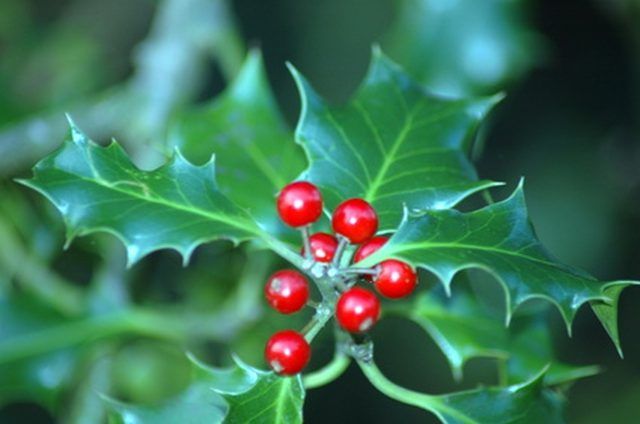Bulbs
Flower Basics
Flower Beds & Specialty Gardens
Flower Garden
Garden Furniture
Garden Gnomes
Garden Seeds
Garden Sheds
Garden Statues
Garden Tools & Supplies
Gardening Basics
Green & Organic
Groundcovers & Vines
Growing Annuals
Growing Basil
Growing Beans
Growing Berries
Growing Blueberries
Growing Cactus
Growing Corn
Growing Cotton
Growing Edibles
Growing Flowers
Growing Garlic
Growing Grapes
Growing Grass
Growing Herbs
Growing Jasmine
Growing Mint
Growing Mushrooms
Orchids
Growing Peanuts
Growing Perennials
Growing Plants
Growing Rosemary
Growing Roses
Growing Strawberries
Growing Sunflowers
Growing Thyme
Growing Tomatoes
Growing Tulips
Growing Vegetables
Herb Basics
Herb Garden
Indoor Growing
Landscaping Basics
Landscaping Patios
Landscaping Plants
Landscaping Shrubs
Landscaping Trees
Landscaping Walks & Pathways
Lawn Basics
Lawn Maintenance
Lawn Mowers
Lawn Ornaments
Lawn Planting
Lawn Tools
Outdoor Growing
Overall Landscape Planning
Pests, Weeds & Problems
Plant Basics
Rock Garden
Rose Garden
Shrubs
Soil
Specialty Gardens
Trees
Vegetable Garden
Yard Maintenance
How to Care for the Holly Bush
How to Care for the Holly Bush. As an evergreen, hollies add rich color to the landscape year-round. While most hollies are evergreen, some deciduous varieties do exist. These bushes produce deep, glossy-green leaves in all seasons and bright-red berries in the fall and winter. There are both small holly varieties that are suitable as accent plants...

As an evergreen, hollies add rich color to the landscape year-round. While most hollies are evergreen, some deciduous varieties do exist. These bushes produce deep, glossy-green leaves in all seasons and bright-red berries in the fall and winter. There are both small holly varieties that are suitable as accent plants and tall varieties that work well as formal hedges. Relatively pest-free, hollies grow well in most gardens with a minimal amount of care.
Things You'll Need
Mulch
Fertilizer
Pruning shears
Plant holly bushes in an area that isn't prone to standing water from rain or snow melt. Choose an area that receives full sunlight throughout the day, or morning sun and afternoon shade if full sun isn't feasible.
Water the holly once a week or when the soil feels dry at the top 2 inches, irrigating at the base of the trunk. Moisten the top 8 inches of soil at each irrigation. Water in winter when the ground is not frozen.
Spread a 2- to 3-inch layer of organic mulch, such as compost or wood chips, on top of the bush's soil. Leave a 2-inch space between the mulch and the trunk, otherwise pests nesting in the mulch may damage the wood. Mulch retains moisture and also adds nutrients to the soil as it breaks down.
Fertilize holly in the fall, six weeks before the first expected frost. Apply an acid-based fertilizer formulated for evergreens at the rate recommended on the package.
Prune the holly bush as desired to shape it or control its spread. Cut back overgrown branches to within 1/4 inch of a leaf or bud. Cut out single sprigs of holly for flower arrangements and holiday displays as desired. Prune holly lightly at any time, though severe pruning must be done in winter, after the berries have formed.
Tips & Warnings
Some hollies require fertilization from a male plant to produce berries. Check with the nursery at the time of purchase to verify that the type of holly you choose is self-fertilizing.
Holly leaves have sharp spikes. Wear gloves when working around or pruning the bush.
Overwatering and overly wet soils can lead to root rot, which kills the holly bush.